Doping your food for beauty? Carbon Monoxide
Published by nika on Thursday, December 07, 2006 at 12:28 PM.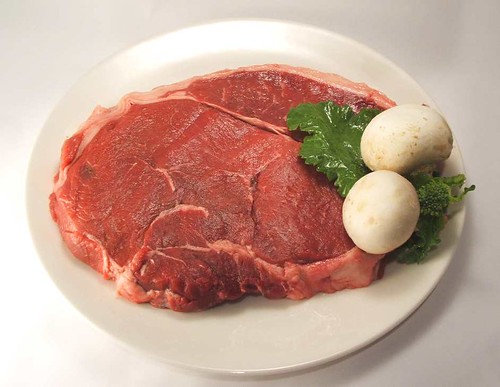
If you pay attention to the main stream or foodie news you will certainly have heard about how the US allows food suppliers to treat meat (beef, pork, even fish) with carbon monoxide to "preserve color" WITHOUT labeling the meat as such.
Carbon monoxide treated meat is pink and remains so, seemingly indefinitely. This is a treatment that does NOT prolong freshness or quality, it only gives the meat a permanent blush.
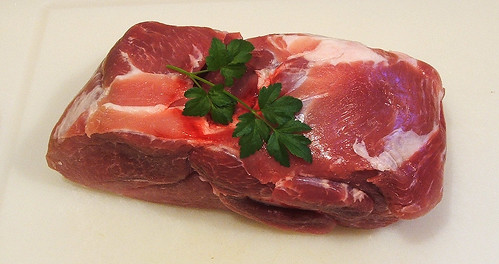
Thus, these producers are allowed to modify a major food source for purely cosmetic reasons with a poisonous gas and with no labeling requirement.
These are things you likely know. You likely also may have noticed that this same gas kills people every year when the winter season sets in. (40,000 people per year seek medical attention for carbon monoxide poisoning in the United States)
Often times what happens is a home is not being heated with approved systems (power goes out, owner/renter didnt pay bills so gas/electricity is cut off, etc) and someone decides to heat the place with a grill, inside, with no venting. What you get is dead people who are a very bright shade of red.
Why is it that your meat and those poor carbon monoxide victims are the same shade of red?


Carbon monoxide (CO) is composed of carbon and oxygen atoms. It is a product of incomplete combustion (like that grill). Most importantly, it has this very rude habit of acting like oxygen, going places where oxygen likes to frequent. What this means to us is that CO will poison or bind to hemoglobin in blood.
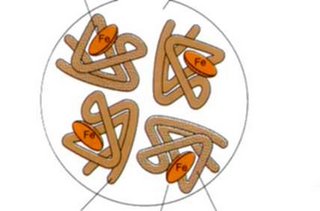
In fact, CO has an affinity for hemoglobin many 100s of times stronger than oxygen. That means that oxygen just doesnt have a chance. Once that CO nestles into the oxygen-pocket on the hemoglobin, its not going anywhere. If that CO is binding hemoglobin in our blood (while we are using it to transport oxygen from our lungs to our bodies) we die quickly.
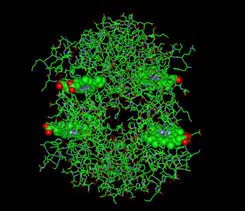
The Color Red.
When hemoglobin has no oxygen, it is not red. When it has oxygen as a co-pilot, its a bright red. The same thing happens when CO kicks out that oxygen and it hogs the ride. Not only that, it doesnt know when to leave, it stays bound to the hemoglobin long after it's welcome has worn out.
What that means to us carnivores eating unlabeled meat in the store is that meat (and blood), which would turn brown as oxygen releases from hemoglobins with time, remains permanently doped with CO. Humans, for 100s of thousands of years, have known intuitively when their meat has gone bad. Meat has a handy freshness indicator - the color red. When this is circumvented (not for safety or quality reasons but to fool you into thinking that the meat is fresh) we can not decide if meat is fresh or not.
As with many poorly understood legacy foodways, the use of red as an indicator of food quality may not be sufficiently appreciated.
Studies may have been done on the supposed safety of CO in meat but they did not assess real world realities like the importance of red as indicator to the consumer of product safety.
[Just FYI - the metric in these studies for safety was CO toxicity as it outgases from the meat upon opening the package and during cooking of the meat - dont take too close a whiff of your meat when you open it, let it out-gas for a few minutes before you figure out if its nice red AND slimey. Also try not to hover over your meat as it cooks, again with the outgassing.]
Studies by various meat industry positive researchers has suggested that CO treated meat doesnt go bad sooner or later than untreated meat. That is not the problem.
The problem liesin the fact that ALL MEAT will go bad, eventually. If you can not tell by using the color red then you have to wait until the putrefaction has advanced to the slime and stink stage.
There are no studies that I have been able to find that evaluate the advantages to the consumer of detecting early stages of putrefaction (and thus early significant health issues) through the red color indicator.
Putrefaction should be a consentual experience. If you want to age your meat, fine. You will also treat that meat differently than you would fresh bloody red meat. That is how you ensure your own health and safety.
If you have "fresh" bloody red meat and its actually several steps toward putrefaction further than you know, you might be in for a whole world of hurt when your GI tract reaps the benefits of poorly prepared aged meat.
The best way to get meat that has been treated the way YOU want it treated is to use an actual butcher who can tell you what you need to know about your meat (where its been and why).
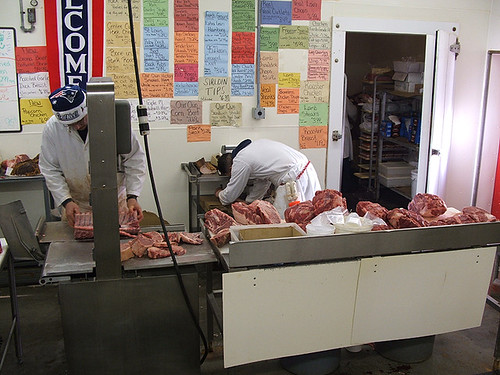

Links to this post